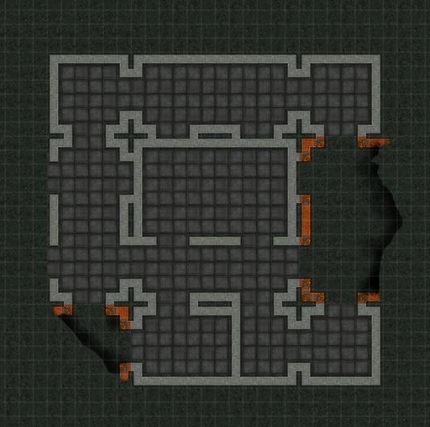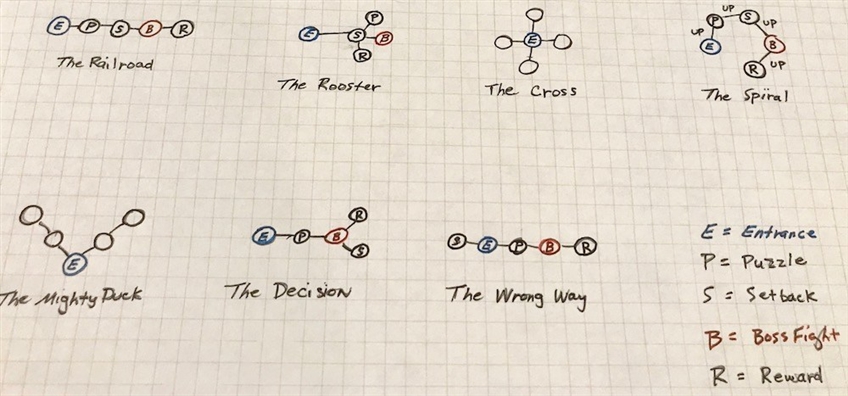

If you need help with dungeon dressing, consider checking out GM’s Miscellany: Dungeon Dressing by Raging Swan Press. Including minor features of interest adds to the realism of the place and incentivises the PCs to learn more about the place through their skills and observations. Previous explorers, residents and so on all leave their mark on the dungeon. Include Dungeon Dressing: No dungeon exists in a vacuum.Wise adventurers will prepare for such challenges before entering. For example, the Sepulchre of Gibbering Shadows is probably infested with undead some might have madness or sonic-based attacks. It can also provide important clues about a complex. A dungeon’s name builds atmosphere and (often) shows how others view the place. Name the Dungeon: Only complete unknown dungeons will have no name.Wandering monsters add a sense of uncertainty to explorations and help build a dungeon’s verisimilitude. Include Wandering Monsters: Wandering monsters are an often overlooked – but crucial – part of dungeon design.A dungeon built by dwarves, for example, will feel completely different to one built by troglodytes or serpentfolk. This decision affects the size and scope of the dungeon as well as it’s layout and physicality. Decide the Dungeon’s Purpose: Why was the dungeon built and who built it? Such decisions are crucial in building the overall look and feel of the place.

Consider how the various dungeon denizens interact with each other are they friendly, at war or unaware of each other’s presence? If the dungeon inhabitants are not friendly with one another the complex will likely require many abandoned or empty areas to both serve as hunting grounds and a buffer between the various groups. While you don’t need to spend vast amounts of time on this, having an idea who the residents interact with each other and how they (generally) source food and drink is design time well spent.

#DND DUNGEON DESIGNER FULL#
Feature a Mix of Challenges: A dungeon comprising nothing but traps is colossally boring for fighters and other warrior types, while one stuffed full of undead is great if you are a paladin or cleric but less great if you are a bard.Of course, this can be taken to ludicrous levels when the PCs spend hours searching each room – avoid this wherever possible. If the PCs can gain tactical advantages from their observations, it incentivises them to understand the dungeon.

Reward Attentive Play: Rewarding players for picking up on clues you scatter through the dungeon elevates the standard of game play.If your dungeon isn’t fun to play, redesign it. Remember, it’s meant to be Fun: Above all, dungeon delving should be fun.If you follow the tips below, you’ll be well on the way top making a fun, engaging dungeon for your friends! It seemed appropriate, therefore, to post 10 dungeon design tips for beginning GMs. I recently listed 10 Dungeon Delving Tips for Beginners. For a new GM, designing a dungeon is a daunting prospect.


 0 kommentar(er)
0 kommentar(er)
